
When it comes to link building, most SEO professionals agree: content is king.
Cliched as the phrase is, the idea that we can build links or gain coverage without having something valuable to say is, frankly, preposterous.
But while many conferences and articles over the past couple of years have instilled the values of great content, few have talked practically about what that looks like – or how we can use it to supercharge our content promotion efforts, too.
http://egoseoservices.com
Here are six kick-ass content strategies you can incorporate into your strategy for optimal off-page success.

1. Use What You’ve Got
Whether you’re working agency side or in-house, knowing what assets you have at your disposal can reveal a goldmine of digital PR and link building opportunities, just waiting to be exploited.
It’s well worth taking the time to dig into what already exists, and to speak to the people around the business who are willing to be figureheads and to comment on issues or topics that can help you gain features.
Use Hobbies & Unique Interests
Got a marketing manager who loves jumping out of airplanes? You need to know about it!
This knowledge can lead to some fantastic comment (and link) opportunities for minimal effort. Take this example here:
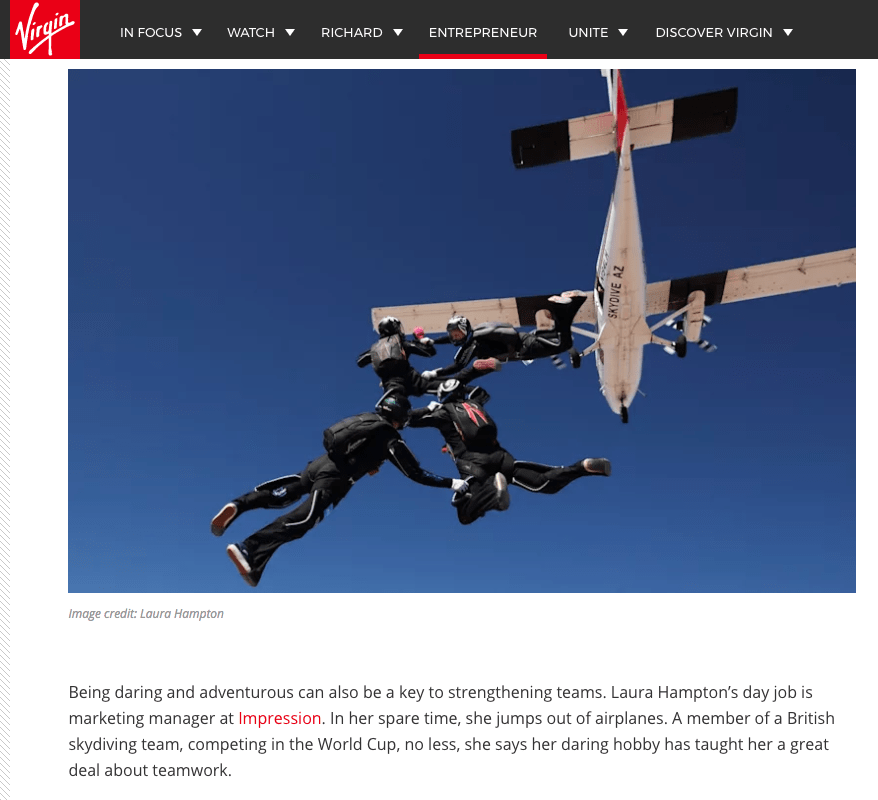
Become the Expert
If you/your client can identify an area in which they want to be thought leaders, all the better. Create a profile as an “expert” and you’ll be able to respond to journalist requests and put yourself/your client forward when opportunities arise.
In this example, the client was keen to be known as a leader in manufacturing and by keeping a calendar which showed when key manufacturing data and events would take place, it was possible to get them featured by the BBC and a range of other linking publications:
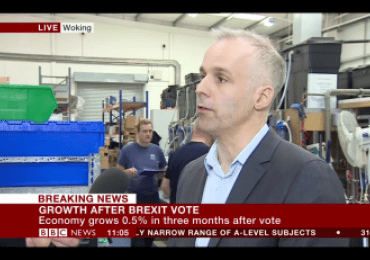
Mine Existing Data Sources
Data is still an incredibly powerful source of new content and PR hooks.
You (or your client) may hold more data than you realize.
If you have internal data sources – anything from customer numbers to data that forms part of your product offering – you can use it to craft a story or content campaign that is both newsworthy and compelling.
In this example, the company’s product is data, so using that data overlaid with a topic news story (football in the UK) led to a creative content piece that attracted traffic, links and news features:
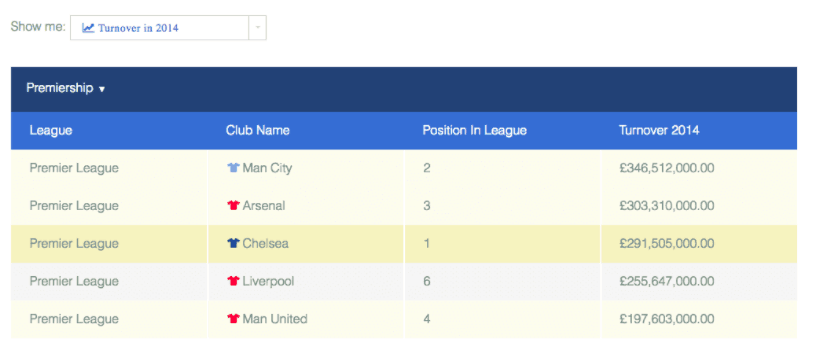
2. Borrow from Others
As creatives, we should be able to make content that is engaging, compelling and that can attract links, no matter what industry or vertical we’re working in.
One way to achieve this is to borrow from others.
Now, before we get into a duplicate content discussion, let’s be clear: this is about using publicly available data and other marketing collateral, but giving it a new spin.
Office for National Statistics
Check out the Office for National Statistics for UK based data that’s freely available and accessible to anyone. The reality is that the majority of this data goes untapped, leaving a huge opportunity for you to capitalize on the information therein and to use it in your own campaigns.
When a small business website wanted to build links but lacked information to use internally, they found a table of information within a 136-page government report that would be of great interest to their audience. This data, which showed where investments into small businesses had been made around the country, was visualized in a simple graphic and achieved visits and links from their target publications:

Wikipedia
Wikipedia can also be a goldmine of new content and PR hooks. That, too, is publicly available – and free!
In this example, data on Dragons’ Den investments taken from Wikipedia was visualized in an infographic and news stories based on that data were used to gain a wide range of new links and placements around industry press and business publications:

Don’t Neglect Offline Marketing
In today’s digital world, it can be easy for us to forget that marketing exists beyond the realms of our laptops and internet devices. In fact, it’s that offline marketing that can inspire online campaigns – helping you to gain more links and coverage, and supporting the success of the campaign overall.
By creating a cohesive online/offline marketing plan, you may find opportunities to integrate the two.
In the example below, an offline dinosaur exhibit inspired an online dinosaur drawing competition that gained links, features, and some cute pictures from kids of all ages!
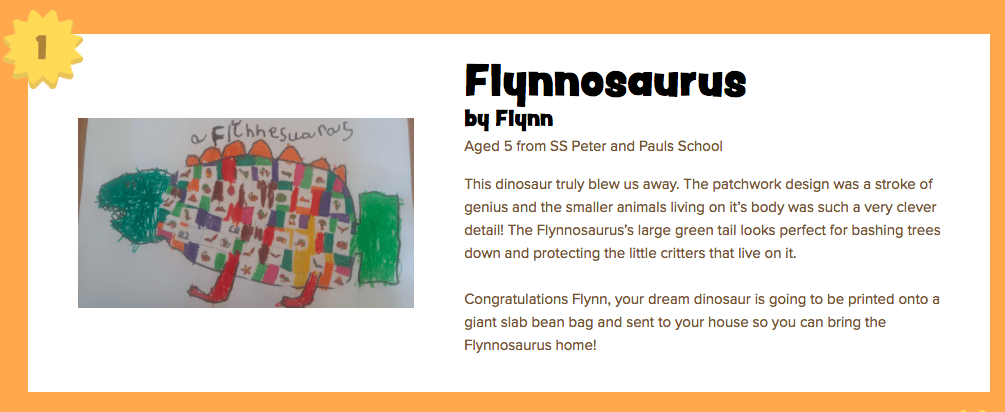
3. Hack the Press
This tactic is all about understanding what the press are looking for, and giving it to them!
PR hacking is all about understanding what content travels well and what journalists are likely to appreciate.
There are certain content formats that are always well received, and we can make use of those in our strategies for coverage opportunities.
Be Ready to Comment on Topical (and Non-topical) Stories
Journalists love to give a human angle, and comments are a great way for them to do this.
If you know that something is coming up that will be relevant to your industry, preparing a comment in advance will mean you can jump straight on it as soon as the story breaks.
You can make this process even easier by planning a PR calendar and noting down anything that could be a hook, including new data releases, political updates or even national and international awareness days.
What’s Been Covered Once Will Be Covered Again
It’s important to recognize the stories or content topics that work – and build on them.
It’s far too common that an idea be struck down simply because someone else has done it already.
Try to think “have they done it as well as they could have done?” and, more importantly, “could I do it better?”
If a story has performed well in terms of reach and engagement, it’s more likely the journalist will use something similar again. You can boost this by using tools like BuzzSumo to show the journalist how well the story traveled last time, and therefore to incentivize them to use your take on it.
Journalists Love Data
If we’re talking about getting PR coverage, there are few better tools at your disposal than data.
We’ve already touched on how valuable an asset data can be, but applying it to a news story and presenting it to the journalist to use in a visually appealing way can reap huge rewards.
Be aware of trending topics and be ready to provide data you have if it’s relevant and of genuine value.
This also means being prepared where possible. If you know a story will be breaking, look for opportunities to gather the data in advance so you’re ready to pounce.
4. Make News From Nothing
The idea of “making news from nothing” is all about being able to spot things that have the potential to be topical or sharable, and hooking onto it in a new and creative way.
A New Angle
Tapping into an existing news story can be an easy win when it comes to PR coverage and links. By spotting what’s being talked about in your niche or industry, you can create something new by simply identifying a unique angle.
When we saw that Nottingham’s house prices were lower than many others in the UK, we quickly pulled together comments from Nottingham business owners to talk about the effect house prices have on attracting new talent to the area. It was an angle that hadn’t been covered before, and it meant new links and features for our clients, by creating news from nothing.
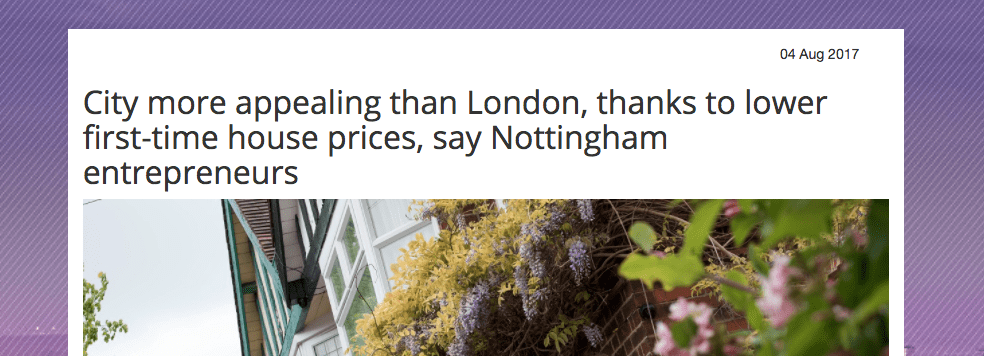
This example was inspired by something that was already happening.
But what if there’s nothing currently happening that you can use? Or you want to tell a different story?
Brand New Content
This is where you can really affect the news, by creating stories that align with what you want to tell.
For example, when we worked on a survey based campaign for our client, every single question we asked as part of our survey had a clear PR story in mind (that would be a story no matter which way people answered) and the result was 48 separate press releases and more than 100 mentions and links from around the web.
When attempting to create news from nothing, consider the story you want to tell and how best to get to that point.
Surveys are still a great source of news from nothing. We recommend tools including YouGov, Google Surveys, and even forums like Reddit as a source for inspiration and content.
5. Find Content in Forums
Forums, as noted already, are a great source of inspiration. People love to talk, and when you can tap into those conversations, you have the potential to create highly sharable, great content.
Ask Reddit
Ask Reddit is one place we love to look for new content ideas.
The questions people ask are sometimes hilarious, sometimes insightful, sometimes newsworthy in their own right.
You might create content based on what people are already asking or, if need be, create your own questions and gather feedback that way.
Subreddits are also valuable when seeking topic-specific feedback.
Social Listening
Social listening is also worth investing some time in, especially if social reach is one of your KPIs.
We recently started using BuzzSumo to find content that’s already traveling well. There are free versions that will give you access to this information.
We also like to use Hootsuite, where mining for PR opportunities can be done in various ways. (We’ve also heard good things about Crimson Hexagon, though we’ve yet to try it ourselves.)
What you’re looking for on social media is topics that are interesting to people, and that are being shared. If you can identify the influencers in that niche, you may choose to reach out to those people for further insight, or try to build relationships with them as a means of spreading your content once it’s live.
6. Multiply Your Content
The final strategy is more of a way of thinking about your content. It’s about getting as much “bang for your buck” as possible.
When we invest in creating content, we want to get as much interaction and engagement as possible. One way is to create one piece, that is itself highly sharable and can gain links through a solid outreach strategy.
Another way is to consider how we can “multiply” that content. That could be through finding different angles.
When we conducted a survey with our client, each respondent was asked to give their business size, location, and industry, which means every story could be spun and segmented by those metrics.
Multiplication could also come through the addition of new content over time.
For example, when our client conducted research to prove the effects of hard water on skin conditions, we were able to gain widespread coverage of the story itself. When it came to multiplication, we considered all the elements of the study and now have a plan in place to create supplementary content that will enable us to outreach again with new angles on the story.
There are various campaigns which have created two clear “bites at the cherry” through their design.
One such piece, created for Halfords by Branded3, asked users to complete a set of questions pertaining to their driving abilities. This was the only thing they promoted in stage one, where the survey in itself was enough to gain coverage and engagement. With the survey completed, they then had the data generated to use to create more stories and coverage in stage two of their promotion.
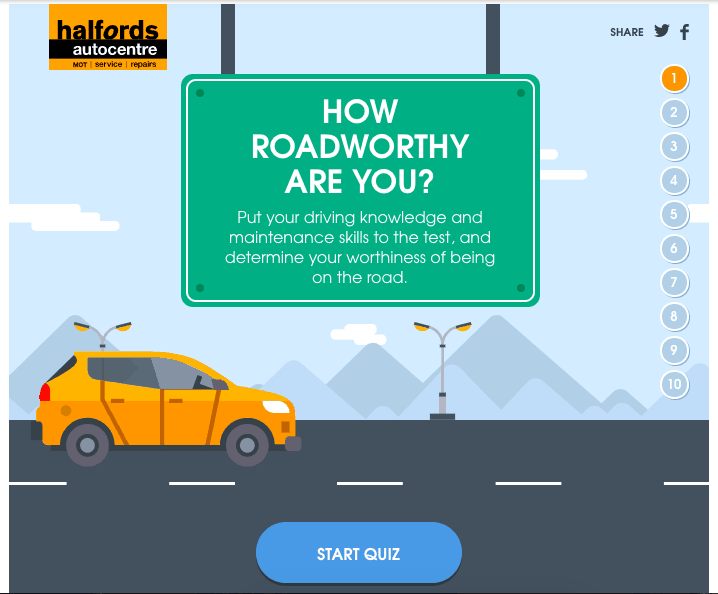
The Secret to Great Content
So, what’s the secret to great content?
We’ll never know for sure.
It may sound fluffy, but great content is in the eye of the beholder. That’s why a really solid understanding of your target (the audience who consumes the content and the publications that feature it) is so essential to your campaign’s success.
By considering these six content strategies, you’ll be well on your way to creating content that attracts, engages, and converts.







 This example was inspired by something that was already happening.
But what if there’s nothing currently happening that you can use? Or you want to tell a different story?
This example was inspired by something that was already happening.
But what if there’s nothing currently happening that you can use? Or you want to tell a different story?

No comments:
Post a Comment